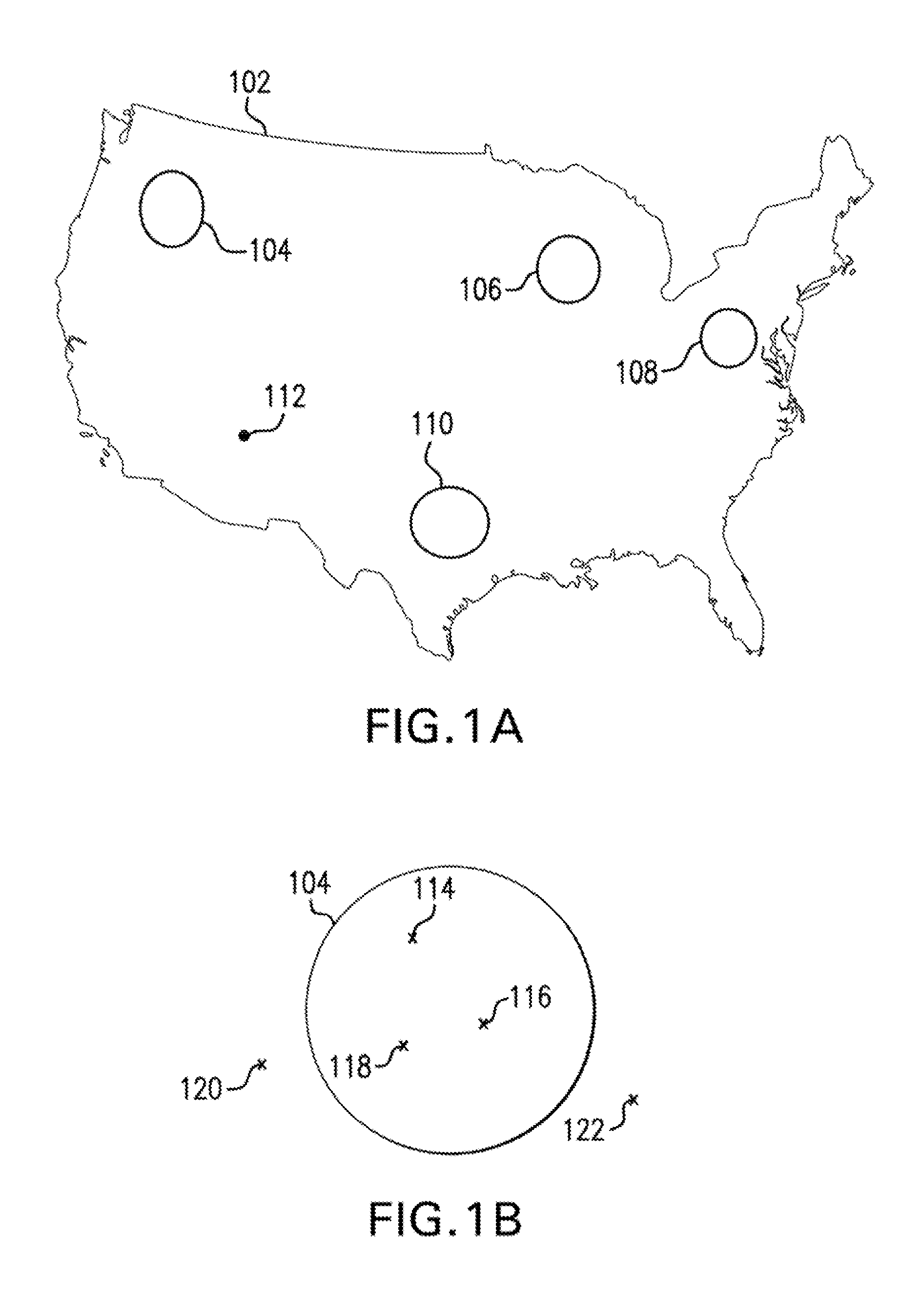Frame timing synchronization in a geostationary satellite system
- Summary
- Abstract
- Description
- Claims
- Application Information
AI Technical Summary
Benefits of technology
Problems solved by technology
Method used
Image
Examples
Embodiment Construction
[0048]Aspects of the invention provide a system and method to allow inroute frame timing synchronization without the aid of hub signal loopback or satellite ephemeris data. Furthermore, it allows tracking and compensating of the satellite motion to allow multiple remotes to use TDMA on the inroute frequencies, while minimizing the aperture.
[0049]Timing synchronization relics on the estimation of drift at the hub, which is provided to remotes to calculate their timing. Aspects of the invention provide two techniques for timing synchronization, which can be combined in different ways for an optimum design. The first approach is CLT based, in which hub transmits remote specific timing correction feedback messages on the outroute on as needed basis. The second approach is a polling based approach, where the remotes derive their timing based on a per-beam average delay estimate broadcast by the hub and a measured local delay specific to each outroute stream from a remote. The hub calcula...
PUM
 Login to View More
Login to View More Abstract
Description
Claims
Application Information
 Login to View More
Login to View More - R&D
- Intellectual Property
- Life Sciences
- Materials
- Tech Scout
- Unparalleled Data Quality
- Higher Quality Content
- 60% Fewer Hallucinations
Browse by: Latest US Patents, China's latest patents, Technical Efficacy Thesaurus, Application Domain, Technology Topic, Popular Technical Reports.
© 2025 PatSnap. All rights reserved.Legal|Privacy policy|Modern Slavery Act Transparency Statement|Sitemap|About US| Contact US: help@patsnap.com



